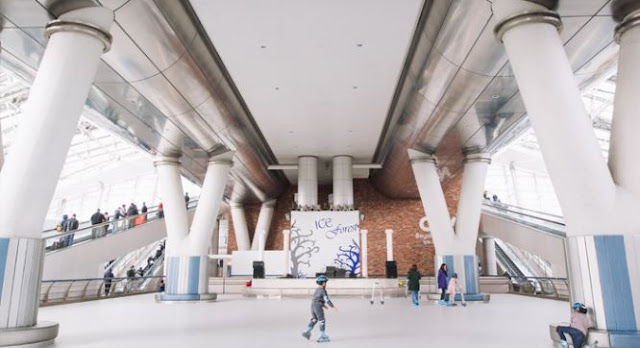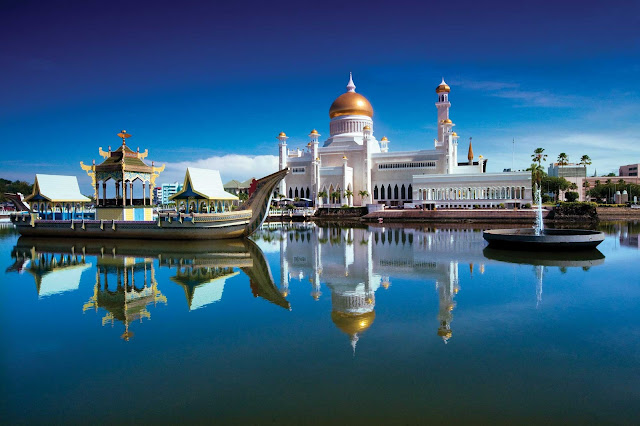Top 9 Travel Tips for Tibet
Top 9 Travel Tips for Tibet
1. Plan in advance — at least 20 days before your departure.
All Tibet tours must be booked
at least 20 days in advance. It normally takes 2–3 days to confirm hotel
bookings, and about a further 10 days for the Tibet Tourism Bureau to issue the
Tibet Entry Permit.
You should make sure you
secure an Entry Permit, especially if new restrictions are brought in, before
you apply for a visa and make the final preparations for your trip, unless you
are willing to consider alternatives to Tibet once you arrive in China.
Recommended duration for a
Tibet trip: If your travel will be limited to areas around Lhasa, 4 days is
enough; if you want to go to Mt. Everest, you need at least a week.
2. You need a Tibet Entry
Permit to enter Tibet
All non-Chinese passport
holders need a Tibet Entry Permit to visit Tibet, and the only way to enter
Tibet is to travel in groups. No individual travelers are allowed to travel to
Tibet at the moment. All tours must be booked in advance by a Chinese travel
agency, like us. Your whole tour in Tibet must be accompanied by a licensed
tour guide.
The Tibet Entry Permit is very
important. It will be checked at the train station/airport, when you enter
attractions in Tibet, and even when you check in to a hotel. So take care of it.
3. Choose the best time to go
— May to October
In general, the best time to
visit Tibet is from May to October when the weather is comfortable and oxygen
content higher. This is Tibet’s high travel season.
You may consider visiting
Tibet in the low season to enjoy a less-crowded trip and various discounts.
February and March Closed
Tibet is usually closed for
most of February and March for the politically sensitive time of Tibetan New
Year. So we suggest you to plan a Tibet tour from April 10th onwards to be on
the safe side.
* Usually it takes about 5
working days to apply for the permits, so the earliest dates you are suggested
to entry Tibet after the Tibetan New Year closure are from:
- April 5th by train (Use permit scans we send you.)
- April 10th by flight (Extra time is needed for mail delivery, because original permits must be checked.)
4. Pack/carry/wear what you need
- Clothes: Warm clothes, such as sweaters and fleeces are needed even in summer as the day-night temperature drop is big. A thick down coat is essential if you go to Everest. If you go in the low season bring mountain winter clothes. Bring sunglasses and sunscreen to protect you from strong sunlight.
- Lip cream: It is very dry so bring a lip cream to protect your lips.
- Comfortable walking shoes: Almost all monasteries have steep steps to climb.
- Snacks if your tour includes long road trips, and in case you don’t like the local food.
- Altitude sickness medicine: Taking the medicine one day before arriving at high altitude increases effectiveness.
- Motion sickness medicine: if you may have motion sickness on long mountain road journeys.
- Anti-diarrhea medicine: Tibetan food is very different from what you are probably used to, and it may not agree with your digestive system.
5. Keep healthy — high altitude means 30% less oxygen
Try to keep healthy and not catch
even a cold before entering and while in Tibet, as illness makes any altitude
sickness feel worse. Take it easy and rest well, keep warm, drink a lot of
water, and eat simply the first two days in Tibet to reduce any altitude
sickness symptoms.
If you don't feel well before
you depart for Tibet you are not suggested to go to Tibet. Even a cold can make
altitude sickness feel a lot worse.
6. Fly into Tibet and take a train out
The quickest and most
convenient way is to fly in and fly out. But if you want to experience the
train trip, and see amazing mountain plateau views, you can take a train out.
We don’t suggest you take a
train to Tibet as the long journey on the train may make you very tired, which
is bad for high attitude acclimatization. And because of high demand for and
limited supply of trains to Tibet, tickets are very hard to get.
7. Don't miss the must-see attractions
- The Potala Palace: the highest ancient palace in the world. Its spectacular physical structure and importance in Tibetan history make it one of the wonders of the world.
- Jokhang Temple: the spiritural center of Tibet and the holiest destination for all Tibetan Buddhist pilgrims. You can see lots of pilgrims kowtowing in front of Jokhang Temple.
- Drepung Monastery: the largest Tibetan Buddhist monastery. Many people come here to see the Thangka Unveiling at the Shoton Festival.
- Lake Yamdrok: The turquoise water will take your breath away.
- Mt. Everest: the tallest mountain in the world.
8. Respect the Tibetan people and avoid trouble
- Photography: Taking photos of Buddha statues is not allowed in the majority of Tibetan monasteries. In some monasteries, such as Tashilhunpo Monastery, tourists can take pictures of the Buddha statues after paying some money. Ask permission first before taking pictures of other people in the Barkhor areas. Sometimes they will ask you for money, but most of the time it is ok to give them a little gift.
- Monasteries: Smoking is not allowed when visiting monasteries. Dress properly, not in shorts or sunglasses.
- Visiting a local family: If you have a chance to visit a local family, let the oldest people go first when you walk together with them. Do not step on the threshold when entering a tent or house. Do not touch the heads of people with your hands.
- Manners: If you have a chance to have dinner with Tibetans, do not eat with your mouth overfull, and do not chew or drink noisily. When the host/hostess hands you something, for example a cup of tea, take it with both hands to show your respect and appreciation.
- Shopping: Do not buy anything made from wild animals' skin or bones, as it may cause problems when you try to leave the area.
- Don’ts: Do not talk about sensitive topics like politics when in Tibet. Do not try to debate with lamas about their lives and religions. Do not enter monasteries without permission.
- Walk clockwise around Barkhor Street, especially during the rush hour of pilgrimage from 9 am to 6 pm.
- During religious festivals, many pilgrims come to monasteries to pay religious homage. At some monasteries there are special passages for tourists. Do not join with the pilgrim crowds or queues.
- Beggars: It is suggested that you prepare about 20 easily accessible 1 yuan bills if you want to give to beggars when encountered.
9. Know the local conditions and lower your expectations
Keep in mind that you travel
to Tibet for its old culture and scenery, but not comfort. Visiting a Tibetan
house will probably be a big culture shock.
The facilities and service
standard of hotels in Tibet is not what you would expect from a hotel with the
same rating in Beijing or Shanghai. Hotels in Lhasa are relatively comfortable
with heating systems and hot water in winter. Some star-rated hotels have
in-house doctors to take care of minor discomforts.
Hotels in small cities and
towns outside Lhasa only have very basic facilities, some even without a
heating system and hot water in the freezing winter.
Source: http://www.chinahighlights.com/tibet/travel-tips
Make travel plans and Meet travel mates here!
Play with planetwith!















Comments
Post a Comment